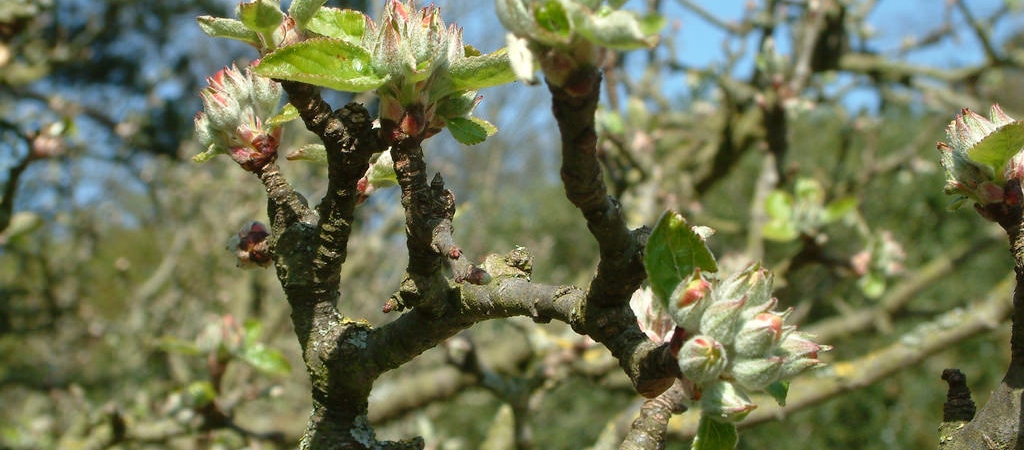Trees in Orchards
The sustainability benefits of integrating non-cropping trees
An in-depth evaluation of the use of non-cropping trees in orchard fruit production, the potential benefits and conflicting issues.
Resource explained
Traditional fruit orchards have considerable ecological value, and are identified as a Priority Habitat in the UK Biodiversity Action Plan. The addition of non-cropping trees to orchards can provide many benefits to both the environment and fruit crop yields (and have much potential to be part of an integrated pest management strategy) if implemented carefully. This comprehensive and balanced report, commissioned by the Woodland Trust, explores the functions of non-cropping trees in fruit orchards. It evaluates the various benefits of planting non-cropping trees alongside potential negative outcomes, and puts them in the context of key sustainability issues such as protection from disease and maintaining pollination services. The report also presents an in-depth stakeholder analysis, which looks into the interests of parties along the supply chain, and how they align with the benefits provided by planting non-cropping trees. This demonstrates the potential far-reaching consequences of implementing such a management strategy.
Findings & recommendations
- Non-cropping trees can provide multiple direct benefits:
- Lowering wind speeds through providing shelter
- Providing alternative pollen sources; helping to maintain pollinator populations throughout the year and increase pollination success
- Providing habitat for natural enemies of various insect pests
- Potential to provide woodfuel
- The report highlights indirect benefits of planting trees, including:
- Brand benefits for suppliers with ‘green’ credentials
- Reducing pesticide drift to nearby residents
- Helping to meet government biodiversity goals
- Improving landscape aesthetics
- It is important to consider potential negative impacts of planting non-cropping trees, and plan carefully to avoid these:
- Competition with crop trees for light, water, etc.
- Non-cropping trees can harbour pests and disease
- Reduced air flow within orchards, creating frost pockets and increasing humidity
- Increased wind funneling underneath the canopy and between trees, potentially damaging the crop
- It is important not only to plant trees, but also to provide extended woodland habitat features also i.e. areas of long grass, climbing plants, and ditches and banks for shelter.


